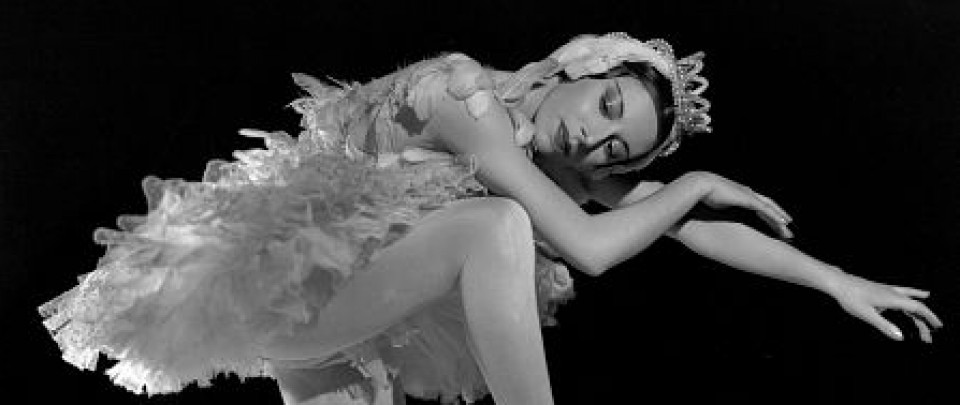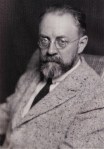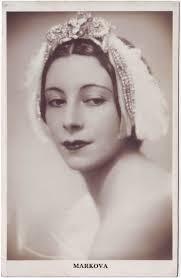Tags
Alicia Markova, Ballet Headpieces, Ballets Russes, Boston University, Henri Matisse, Howard Gotlieb Archival Research Center, Sergei Diaghilev, Stage Door Canteen, WWII rations
Alicia Markova was a pack rat. The woman saved everything, from costume invoices and injury X-rays to rare music scores and her first evening gown. (It was Lanvin – a gift.) And then there were the letters: file upon file overflowing with a lifetime of correspondence from famous (and infamous) dancers and choreographers, ardent fans, and some of the greatest creative artists of her day.
While I was writing my biography of the ballet legend, many of those letters proved revelatory, but so did countless other objects, professional materials, and extraordinary photographs (see below) that are part of the Alicia Markova Collection entrusted to the Howard Gotlieb Archival Research Center at Boston University.
Though I was privileged to be the first person given access to Markova’s treasure trove of personal memorabilia, many illuminating items from those archives are now on public view for the first time in the Gotlieb Memorial Gallery on the first floor of Mugar Memorial Library on the Boston University campus (July through November 2013).
For me, assisting the Gotlieb’s resident artist and exhibition wizard Perry Barton was a fond reminder of the lengthy, yet rewarding process of organizing the vast collection. It was such a joy to suddenly discover a long-hidden gem. One of my most cherished “finds,” now on exhibit, is an original Matisse pencil self-portrait given to Markova during her Ballets Russes days.
As you can tell from the photo above, Lilian Alicia Marks was just a child when Sergei Diaghilev invited her to join his illustrious company. She was so much younger, smaller, and less worldly than all the other dancers that the older artistic geniuses in her midst took little Alicia under their collective wings.
The 56-year-old Henri Matisse was completely enchanted by the sweet, shy girl who called him “Uncle Henri.” In addition to designing the costume for her first major role, the groundbreaking painter took the time to teach Markova about modern art. Alicia was a very serious, earnest pupil, and perhaps to amuse her one day, Matisse sketched a humorous self-portrait (similar to the one at right), which he then initialed and presented to her. The grateful student then folded it in half and carefully placed it inside one of her Ballets Russes programs for safekeeping. There it remained until I discovered it over eight decades later.
Reading Markova’s journals made me look at many of her keepsakes in rather different ways. For example, the legendary ballerina saved many exquisite headpieces, several of which she made herself. They were all carefully wrapped in tissue paper, something she did before and after every performance. One in particular appeared rather scruffy inside, and I later discovered why.
When Markova was at the Ballets Russes, her hair was in the page boy style of a young girl, as seen above left. Diaghilev insisted she wear a headband on stage to keep it neatly in place until long enough to smooth into a dancer’s bun. During one of her astounding spin combinations one evening, the headband flew off, eventually encircling her neck like a hula hoop. Though Diaghilev was impressed that she continued to dance impeccably, he warned her it must never happen again. From then on, Markova actually glued her headpieces on. Though it was a special, non-permanent glue, it still managed to grab hair and skin upon removal, remnants of which were clearly visible inside a feathered crown I unwrapped (similar to the one above). Lucky for Markova, she had a thick head of hair.
Though Markova’s archives contain many priceless, historic items, my favorite was much more personal. It was a tiny pale pink leather pouch. From the contents (which included hernia clips and a removable tooth bridge!) it was clear the ballerina carried it with her everywhere while dancing across the United States in the late ’30s and ’40s. Also inside was a war ration book dated 6/21/43. I later learned Markova used the bulk of her weekly rations to buy goods that were impossible to procure in England during the war, sending weekly care packages to her family and friends in London. A small black and white photo of Markova’s mother and sisters was attached to the ration book.









